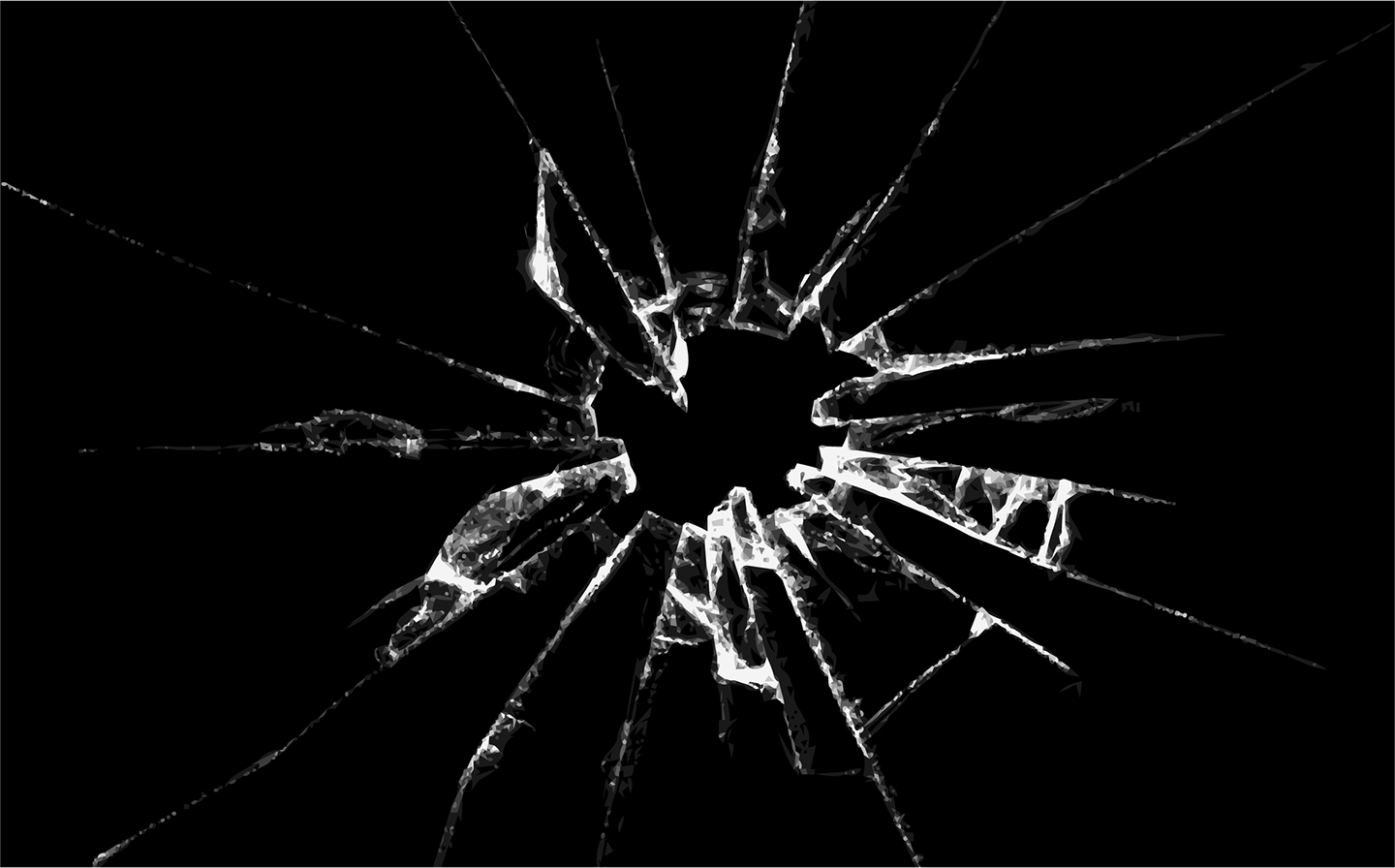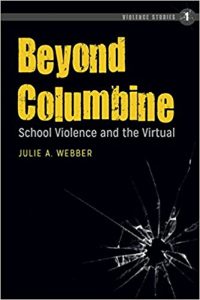The next mass shooting—it doesn’t feel like a question of if it will happen, but when.
Mass shootings evoke horror, but the natural shock of the events may be fading. The escalation of shootings, the evolving nature of the shooters themselves, and the ties to mental health are the topics of a new book by Julie Webber, Beyond Columbine: School Violence and the Virtual.
Webber, a professor of politics and government at Illinois State University, believes American culture has immersed itself so thoroughly in the digital world that violence itself has become a platform of levels for some to observe, and others to try and top.
“Our digital immersion is teaching us to ‘game’ every situation,” said Webber. “Everything becomes about winning—not truth or answers—just topping the last person.” In this way, these episodes represent the ideology of our time, which is primarily about competition and winning.
In her book, Webber uses Columbine High School in 1999 as ground zero, the place from which all modern mass shootings thereafter should be viewed. At the Colorado school, students Eric Harris and Dylan Klebold went on a rampage with an amassed stockpile of guns, slaughtering 12 students and one teacher, and injuring another 21 more before committing suicide. “It was a revenge shooting, with the shooters seeing themselves as the victims,” said Webber, who refers to Harris and Klebold as “first-generation” shooters. “That idea of retaliatory violence, or revenge for feeling isolated by people and society, remains an element in almost every mass shooting.”
What changes over the years is not why shooters attack, but perhaps what they hope to gain. Webber looks to Red Lake, Minnesota, and Virginia Tech in 2007 as the start of the “second generation” of shooters. Seung-Hui Cho, a senior at Virginia Polytechnic Institute and State University, shot and killed 32 people and wounded 17 others in two separate attacks before his suicide. Webber sees it as the beginning of one-upmanship of attacks. “Columbine was the first instance where they’re trying to be the biggest shooting in history,” said Webber, who noted that digital media avenues such as YouTube made sharing of videos of violence easier. “After 2005-2006, we’re looking at a new group of shooters, who have the goal of trying to game the shooting, trying to be the most violent, cause the most carnage.”
The book is the second in Webber’s exploration of mass shootings, following Failure to Hold: The Politics of School Violence, which examined the use of schools to contain students’ rage. That rage continues, and in Beyond Columbine, Webber looks at how it is fueled by something as simple as an algorithm. An algorithm is a sequence of instructions that tells a computer what to do, usually using the words “and,” “or,” and “not.” Programmers use algorithms to help determine what interests users and steer them toward sites that might be of interest. (Say you tell a friend over Gmail that you need a new pair of shoes. Chances are the next time you pop onto a news site, you will suddenly see ads for shoes—everywhere. That’s an algorithm at work.)
In Beyond Columbine, Webber built on scholar Alexander Galloway’s work on the growing “algorithmic culture,” noting it can help explain the continued isolation of potential shooters. “Whoever has the right algorithm gets their stuff at the top of the list, to the point where users only hear one message. Based on people’s tastes and desires, it determines what becomes truth for people,” said Webber, adding that reaffirmation of one point of view can be especially damning for those who look up violent images and videos on the Internet. “Suddenly it is all they see, day in and day out.”
Webber noted that perpetrators are attempting to “game” the part of civil society they attack, be they movie theaters, college classrooms, camps, night clubs or civic centers. “They are adding to the basic script established at Columbine,” said Webber, referring to the phenomenon as “methectic,” or adding new details to the script while citing previous ones through clothing, poses, and gestures that they make during the acts.
In the wake of a mass shooting, the discovery of a constant barrage of messages leads to condemning the media or the message. “People race to blame gun culture, video games, YouTube, the internet, the parents—anything that means they can distance themselves from culpability,” said Webber, who instead believes the escalation in mass shootings directly correlates to the “reforming” of mental health care. “Over the last 20 to 30 years, under neoliberalism and an assault by conservatism, all institutions have been attacked, and that includes those that provide mental health care.”
According to Webber, the “reformed institutions” do little more than place institutions into private hands. “It’s a push to overhaul everything like public education, psychiatric care, prisons, and health care, but really they’ve been reformed to the point where they don’t do anything, except to enrich the people who own them.” The result is that the burden of taking care of people with mental health issues generally falls on families, who are not qualified to provide care.
Webber points to the case of Cho at Virginia Tech, and Adam Lanza, who shot 26 children and teachers at Sandy Hook Elementary School in 2012. Both men’s mental health issues were well known and well documented. “Shooters tend to have a history with institutions, and it is not one that helps them,” said Webber. “It is more of a punitive system that forever marks them as damaged and their parents as failures.”
A real shift in society’s approach to mental health care is needed before the nation can look to slowing the generations of shooters or kicking off a new generation, said Webber. “It might be when the current YouTube generation grows up, but it will need to be a demand that we learn to live in a civil society and truly take care of the people who need help.”


